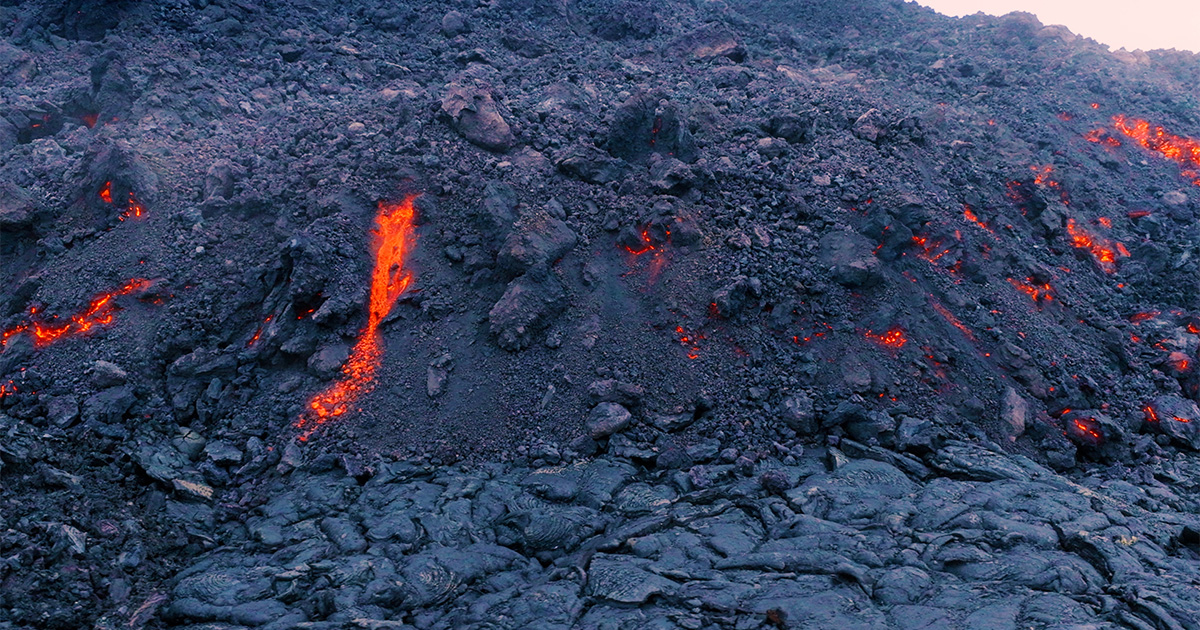
CANVASES, CARATS AND CURIOSITIES
Ancient civilizations, such as the Egyptians, Greeks and Romans, relied on sundials as their primary timekeeping devices. These ingenious instruments divided the day into twelve sections, providing a reasonably accurate time as long as the sun was shining. Sundials, with their characteristic obelisk design, also played a crucial role during the summer and winter solstices, allowing for precise observations and calenda r calculations for the ancient Greeks, Egyptians and Romans.
The astrolabe, a revolutionary tool, was widely used during the Islamic Golden Age (8th-13th centuries). It had multiple functions, includ ing accurate time tracking, measuring celestial movements and observing patterns in nature. Its precise calculations had far-reaching impacts. For Muslims, it was crucial for determining the direction of Mecca for prayer. It also aided in tracking lunar cycles and creating tide charts, and was essential for seafaring and navigation.
As a result, Islamic nations became far more advanced sailors than Western countries during the Middle Ages. Before the chronometer, the astrolabe was the most accurate calculator for latitude and longitude, contributing to the development of global trade networks. Today, the astrolabe symbolizes the Arab world's skilled metalworking tradition and stands as one of history's most innovative scientific tools.













